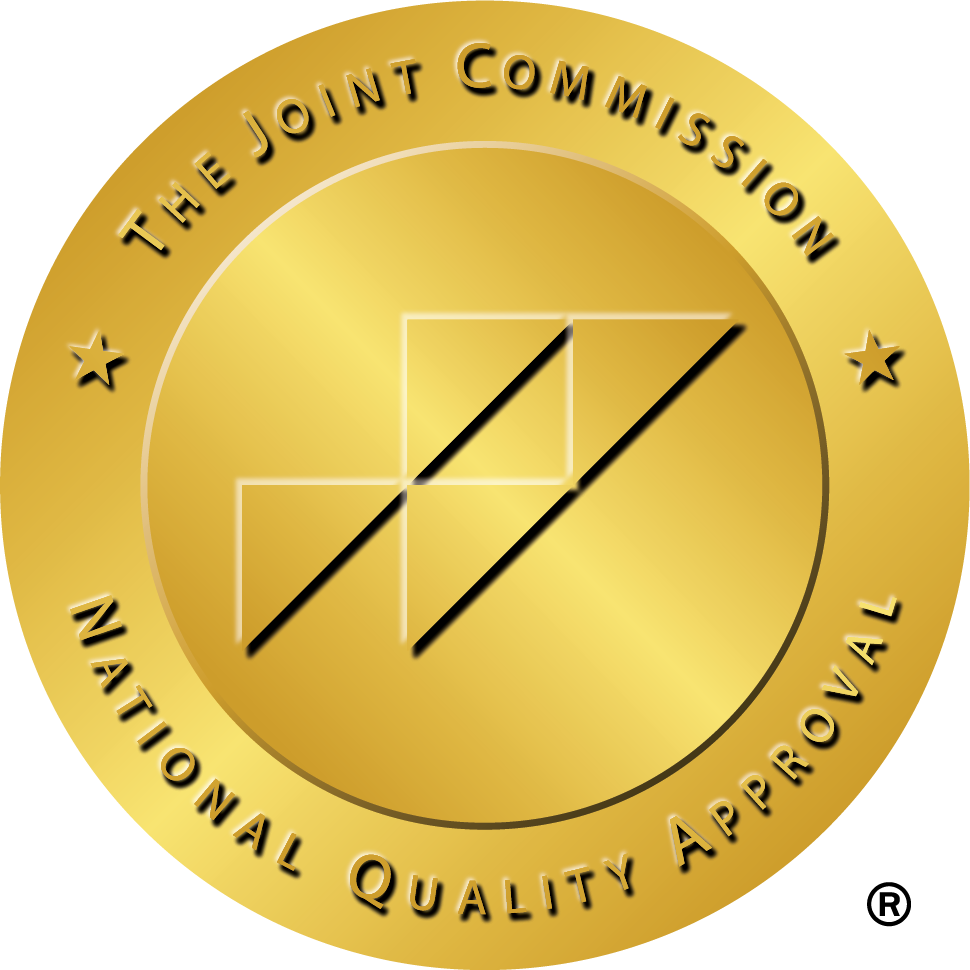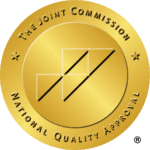What is an Age of Injury (AOI) report?
An Age of Injury Studies report is made by a radiologist who reviews an initial report in order to determine the date of causation of the injury. This is useful in cases where relationship to an accident or cause needs to be determined, as in the case of litigation. There are specific methodologies used in resolving age of injury, so it is imperative to find a radiologist who is adept in this area.

What to Order and Why
Age of Injury Report
An expert in the space of AOI reporting uses the original report to determine:
- Whether the findings are acute, subacute, or indeterminate
- Whether the practitioner agrees with the primary findings and why
- The reasons why the findings are acute, subacute, or indeterminate in age
The first AOI Report is used for future reference and further determination.
Age of Injury Studies Comparison Report
First, an AOI Report is performed, based on the original study. A Comparison Report is performed to compare the findings, determine whether anything has changed, and reiterates the stated age of injury for completeness. This determines whether anything has changed, and it reiterates the stated age of injury for completeness. A complete analysis will result in three reports: the original, the first AOI, and the AOI Comparison.
Comparison Alone Report
After completing the Comparison Report, a report is developed that compares the two studies and checks for changes or discrepancies between them. This report will also discuss:
- The primary radiology reports
- How the original reports compare to the AOI reports
- Whether the reports agree
- Reasons for agreement or disagreement
Second Opinion Report
A Second Opinion Report is performed by a radiologist who is licensed to practice in the state where the original study was performed. This practitioner reads the study as the primary radiologist would, and does not include aging of the injury. This practitioner does not include an analysis of the original study; however, the second opinion radiologist used the primary radiology report to make sure the primary radiology report did not miss any critical findings that the second opinion radiologist might find.
Diagnostic Imaging Review
To create this report, the reviewing radiologist collects all pertaining imaging studies, radiology reports, the date of injury, and history, if available. The reviewing radiologist reports findings to the primary radiologist based on reading the exam as the primary radiologist. The reviewing radiologist creates comments discussing agreement or disagreement with the primary radiologist and reasons why. Finally, the reviewing radiologist uses the Conclusion to examine whether the findings are acute, subacute, or indeterminate in age, reasons why, normal variants, and agreement or disagreement with the primary radiologist’s report. Finally, they discuss whether the findings are post-traumatic and whether they predate the injury.
If you are interested in knowing whether the injuries seen on the radiology images are secondary to the injury or not, then the radiologist will need more information. This subsequent report will then become a Preliminary Case Review and not a Diagnostic Imaging Review.
Preliminary Case Review
For this report, the reviewer needs:
- Images from the radiology study
- Radiology report
- Date of the injury
- Injury/incident report, if available
- Any available surgical reports
- At least the first clinical note from the treating clinician, including a narrative of the patient’s chief complaint and history of present illness, and perhaps past medical history, if available
The reviewing radiologist reviews all of the information listed above to determine if the findings are secondary to the injury or not. The reviewing radiologist uses a similar format as the Diagnostic Imaging Review; however, the final section, called the Conclusion, will discuss the patient’s injury history, including the mechanism of injury. It will also discuss similar information as the Diagnostic Imaging Review; however, with the additional clinical data, they will conclude whether the findings on the imaging study are secondary to the injury and why or why not.


Dr. Jonathan Luchs
With over 25 years of experience in the diagnostic radiology field, Dr. Luchs is uniquely qualified to give an expert report on all injury-related matters. He is skilled in differentiating chronic conditions from acute injuries that may require more rapid management. In an age of injury report, Dr. Luchs carefully reviews the MRI, CT, and X-ray reports, as well as the actual study images. He then narrows down the time of injury to a specific time frame and concludes whether the findings described are related or unrelated to the date of the injury.

